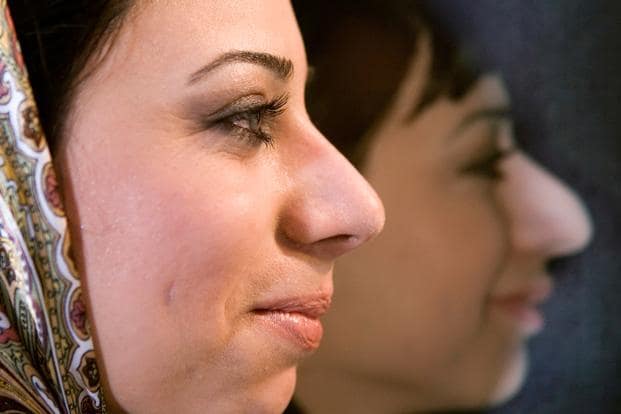lotusyouthcouncil.com – The nose, a prominent feature of the human face, has undergone significant evolutionary changes from our primate ancestors. This transformation reflects adaptations to environmental pressures, dietary needs, and sociocultural factors. This article delves into the evolutionary journey of the nose from early primates to modern humans.
Primates and Early Nasal Structures
Primates, including monkeys, apes, and early human ancestors, exhibit a wide variety of nose shapes and sizes. The nasal structure in these species is closely linked to their olfactory needs, with many possessing a pronounced sense of smell. In arboreal environments where primates thrived, a keen sense of smell was crucial for detecting food and predators.
Transition to Early Hominins
As some primates transitioned from a predominantly arboreal lifestyle to a terrestrial one, the structure of the nose began to change. Early hominins, like Australopithecus, displayed flatter faces with less pronounced nasal structures. This shift likely reflects changes in diet and a reduced reliance on olfaction as vision became a more dominant sense.
Homo Erectus and the External Nose
Homo erectus, one of the first human ancestors to venture out of Africa, exhibited significant changes in nasal structure. The development of a more pronounced external nose is believed to have played a role in adapting to diverse climates. This adaptation helped in conditioning inhaled air by warming and humidifying it, which was essential for survival in varying environments.
Modern Humans and Nasal Variation
In Homo sapiens, the nose has continued to evolve, leading to the diverse nasal shapes seen across different populations today. These variations are often linked to climatic adaptations. For instance, narrower noses are more common in colder climates, as they are more efficient at warming cold air, while broader noses are found in warmer, humid climates, aiding in the cooling of inhaled air.
The Role of Culture and Aesthetics
Beyond functional adaptations, the human nose has also been shaped by cultural and aesthetic preferences. Throughout history, different societies have ascribed beauty standards to nasal shapes, influencing personal and societal perceptions.
Conclusion
The evolution of the nose from primates to humans illustrates the complex interplay between environmental adaptation, functional necessity, and cultural influence. This journey not only highlights the adaptability of human ancestors but also underscores the diversity that characterizes modern human populations. As research continues, our understanding of this evolutionary path will undoubtedly deepen, offering more insights into the history of human adaptation.

